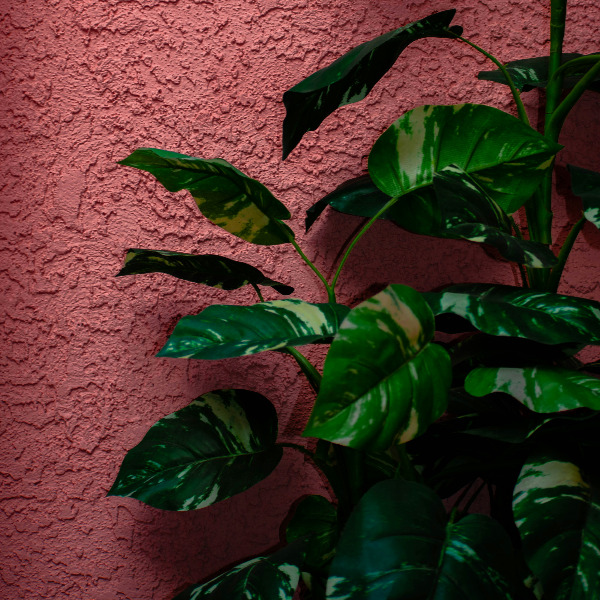
Watering plants may seem like a simple task at first glance, but anyone who has ever tried to keep an indoor space green knows how difficult it can be. Too much water can be just as damaging as too little, and different plants have different needs. In addition, factors such as humidity, light conditions and seasons can affect the amount of water needed. Finding the right amount of water and the right watering time to keep your plants happy and healthy can be a tricky business. This is exactly where the FYTA Beam comes in.
Facts
I. Most plants like their substrate to dry out a little between waterings. This contributes to a healthy root system and supports various physiological processes in the plant.
Air supply for the roots: If the substrate dries out between waterings, it allows the roots to absorb oxygen. Roots need oxygen to breathe efficiently and absorb nutrients. A substrate that is too moist can cause the roots to suffocate and become more susceptible to disease.
Stimulating root growth: Alternating between moist and dry phases promotes root growth. If the substrate dries out periodically, the roots are stimulated to penetrate into deeper soil layers in search of water. This leads to a strong and well-developed root system.
II. You are not doing most plants any favors by keeping the humidity levels constant (high). This can quickly lead to overwatering.
Prevention of root rot: Permanently moist conditions can lead to root rot, as harmful microorganisms can multiply more easily in a moist environment. If the substrate dries out between waterings, the risk of root rot is minimized.
Adaptation to natural environmental conditions: In nature, plants often experience periods of drought followed by periods of rain. Plants that can adapt to these cyclical conditions have a greater ability to survive.
The FYTA Beam helps
The FYTA Beam tells you when you need to water. You will receive a notification as soon as the moisture level drops into the lower yellow area. That’s why:
- Do not water until you receive a notification.
- Allow the moisture content to drop to the lower yellow range before watering.
- Then only water enough so that the moisture content does not exceed the green range. If you do not yet know the correct watering quantity, start with smaller quantities of water and observe the hourly sensor readings.
- As the water needs some time to disperse in the substrate after watering, live mode is not suitable for determining the correct watering quantity.
This is what humidity curves can look like:


You should know that the degree of drying out varies from plant to plant. Most succulents like to stand completely dry for a few days before being watered again, whereas a fern prefers to dry out only slightly, but never likes to dry out completely. We take this into account in the beam analyses.
Exceptions: Please note that there are plants that love to be in very moist/wet soil all the time. This is the case, for example, with bog plants such as carnivores. The FYTA Beam is also aware of this.







